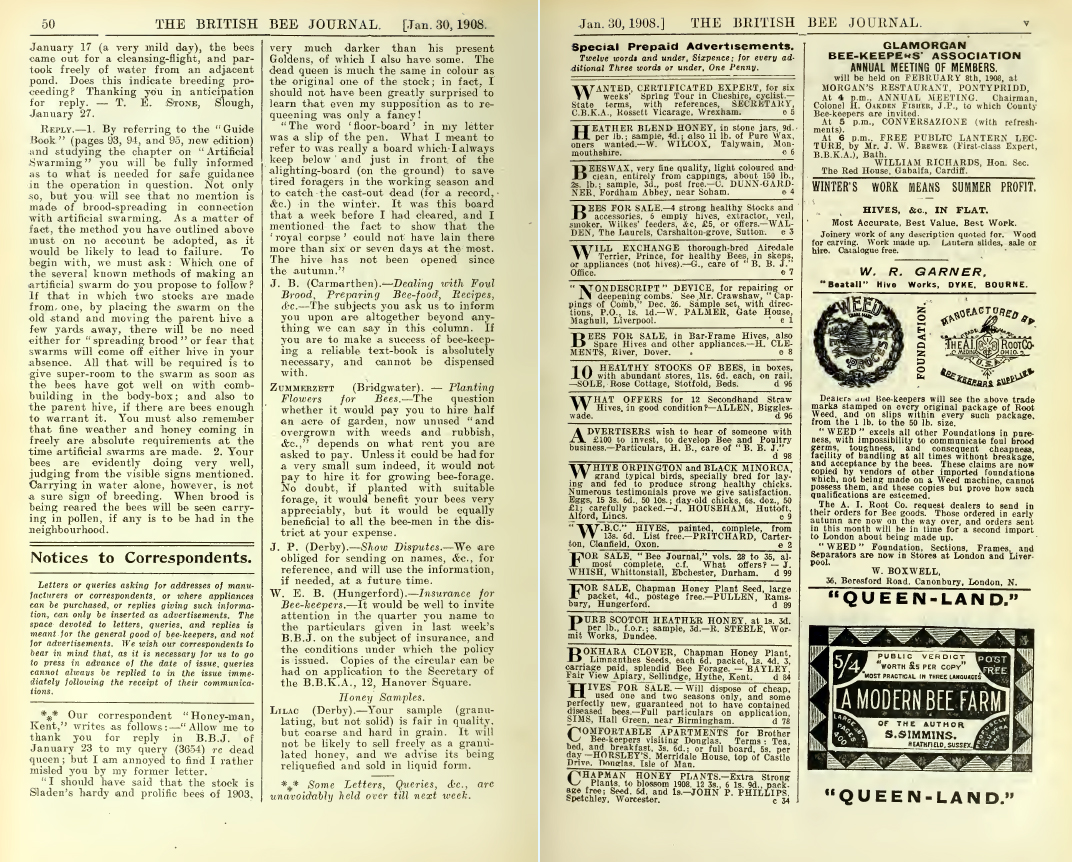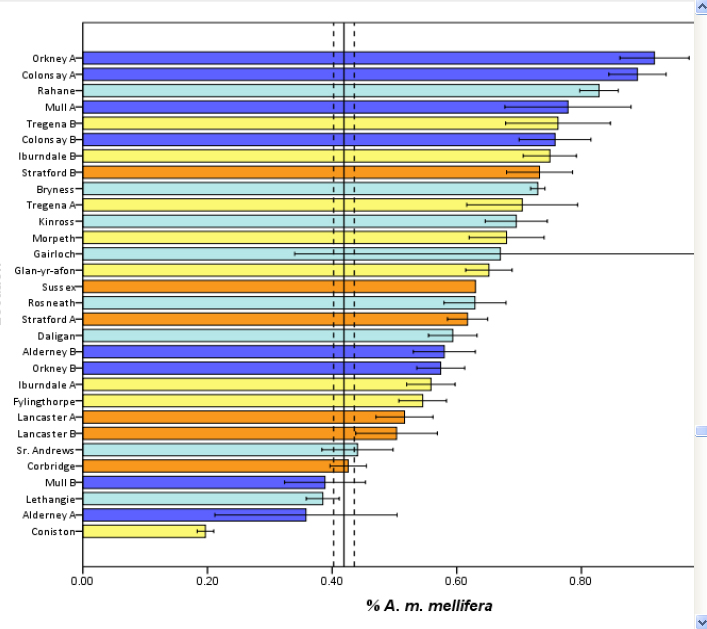- Joined
- Jan 1, 2018
- Messages
- 5,070
- Reaction score
- 4,970
- Location
- Fernhurst Sussex
- Hive Type
- National
- Number of Hives
- 40 plus 23 that I maintain for clients.
If nothing else, a link to the site would allow Neil to sort it himself - or maybe a screenshot?
All sorted! Thanks Polyhive, the wife loved to see her Grandfather's business details.
When I get a chance I will give a few details and ask the collective if anyone has any details about Elbees and George Welham Lee-Barber.
Many thanks again.



















































 Lol you may have a point
Lol you may have a point
